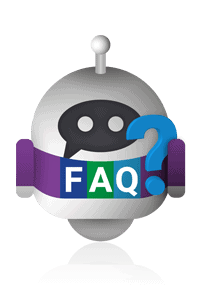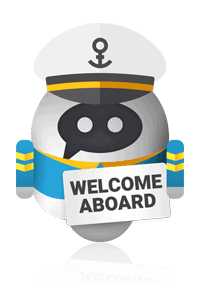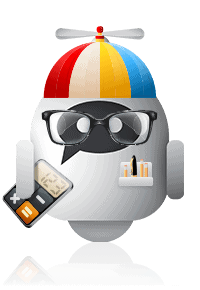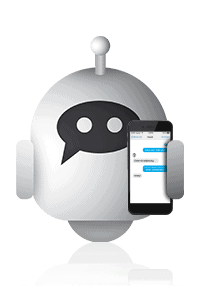Putting Employee Bots to Work
Learn More
Recruit Chatbots to Engage with your Workforce.
Increase Self-service
Reduce Resolution Times
Enhance Employee Experience
Accelerate Speed to Market with Blueprints for Employee Bots
Unwrap a bot blueprint in your account and modify it to meet your business needs. Our blueprints help you create bot experiences for a growing range of internal HR or IT Helpdesk use cases. Meet some of our employee bot stars.
Accessing Internal FAQs Made Easy
An employee search for answers to internal FAQs can be tedious. Whether it’s a HR, IT, product, or any other type of common query, a smooth and efficient FAQ response process enables employees faster and without the usual friction.
An FAQ chatbot responds to employee queries, no matter what the category is or what language is preferred. It can be deployed in the search functionality of internal websites and in-app, making it more accessible and user-friendly. Employees can engage with this bot via multiple channels, such as voice, messengers, collaboration tools, email, web, and live chat. The FAQ bot goal is convenience, availability, speed, and lower friction for employees but the business also gains through increased self-service and improved experience.

Create a Smoother Employee Onboarding Journey
Onboarding is a great way to make a first impression with new hires An onboarding bot manages the journey and is available 24/7 and in the employee’s preferred channel. This bot gathers information and images of proof docs required by HR (social security, tax details, bank account details, etc.) and can respond to queries throughout. It can also bring a new hire through the IT onboarding process, requesting their preferred device, setting up their email and other accounts, and answering queries along the way.
Enhancing the IT Help Desk Experience
IT Help Desk supports employees across a broad range of technical issues. From networking, device, or software issues, to remote installation of software updates, provisioning environments, managing service disruptions, providing product support, managing passwords, and more, the IT Help Desk plays a critical role.
The IT Help Desk Bot provides 24/7 self-service to employees, responding to queries, resolving issues, updating status, initiating software fixes and upgrades, and more. The bot can automate different workflows and handoff to human help desk agents when necessary. Like others, this bot can be deployed across many different channels. It can also work woth other bots to manage password resets, onboard new employees, and more.








